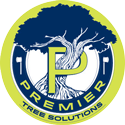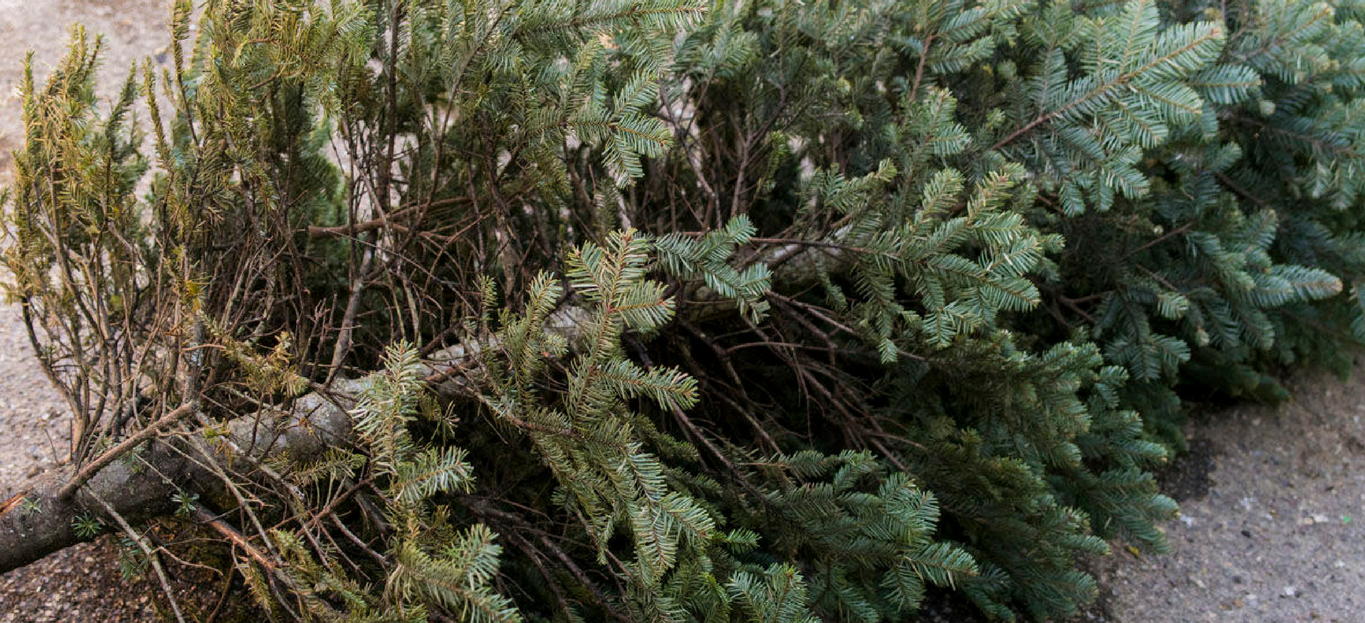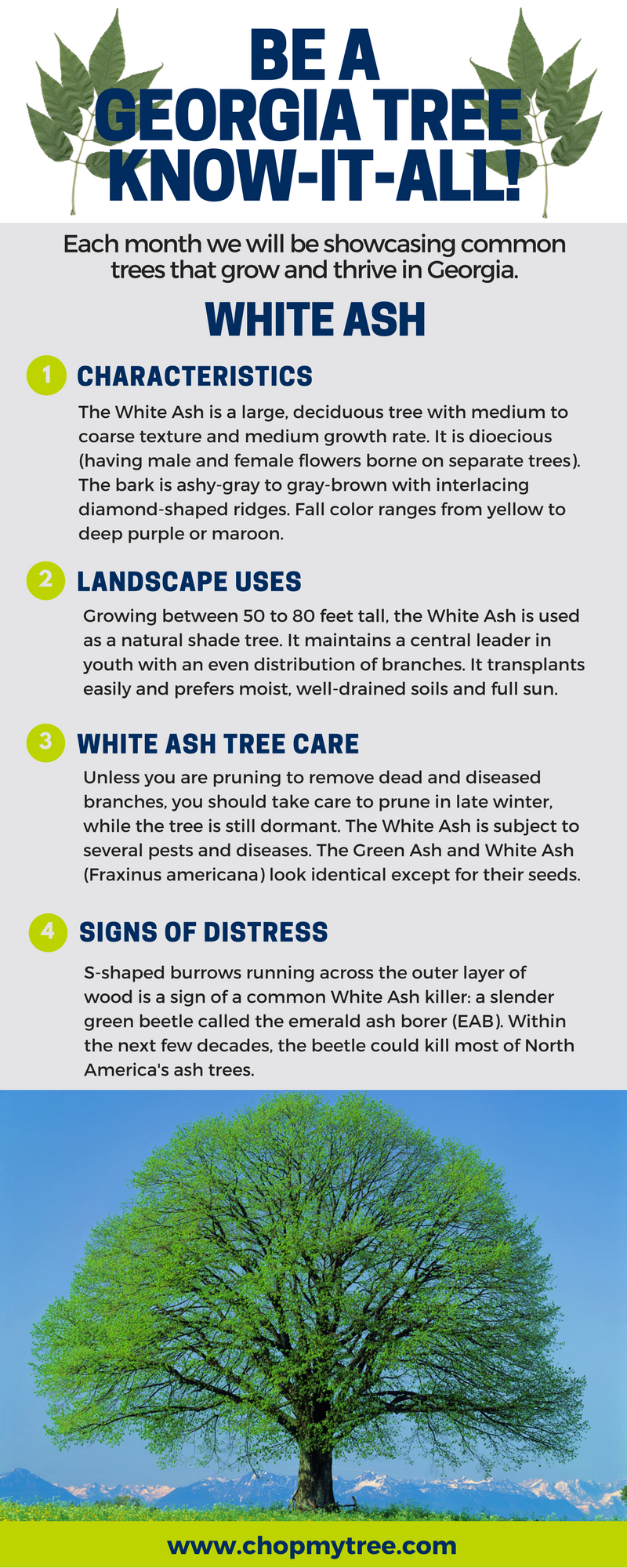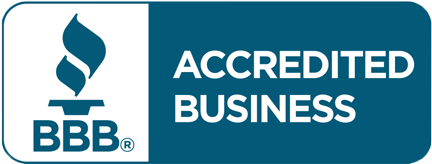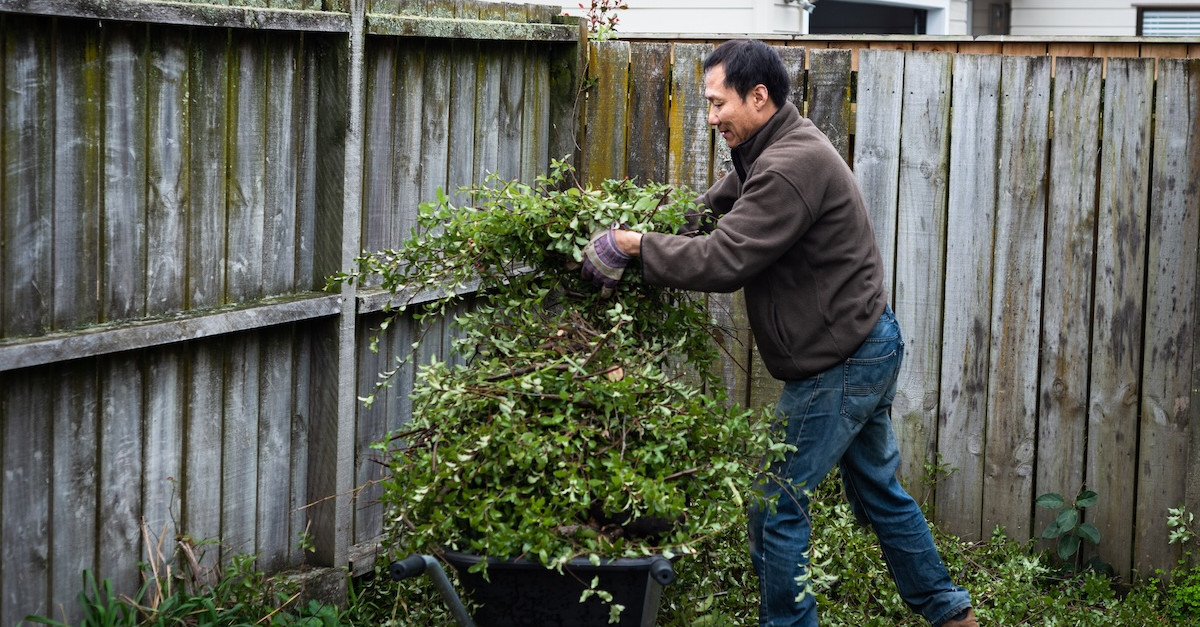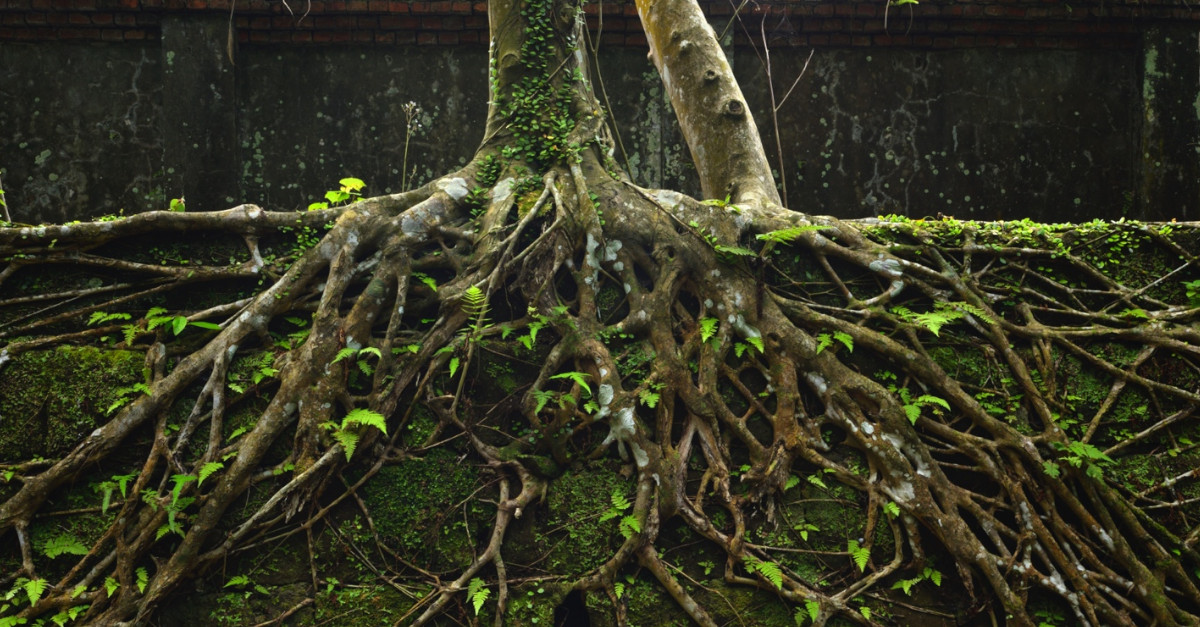Ciao, Christmas: Now What Should You Do with that Tree?
It’s that time of year again.
The lights come down. The clove-studded oranges have to go (although if you made clove-studded oranges, you deserve to take a picture and frame it). The Christmas tree is on its last legs, and goodbye is imminent.
But you want to do the goodbye right, disposing of your tree in the smart, environmentally friendly way. Here are a few of the best options.
- Recycle Curbside
If you live in a neighborhood or suburb that picks up trees for yard debris, go ahead and throw it out on the curb. However, beware that if you only have garbage pickup, the tree will head to landfill, where it will rot instead of decomposing, not helping the environment.
- Put It in a Wood Chipper
Trees make great mulch, which protects your plants, shrubs, and other trees all through winter. If you have a wood chipper, cut the tree up and pass it through. You can also do garlands and wreaths.
If you don’t have a chipper, just saw the trees individual branches off and lay them on the ground to protect the roots of other plants. You can then chop the tree up for firewood (though beware, most sappy trees will snap and pop, so use a fireplace screen).
- Make a Winter Bird Shelter
You know who doesn’t mind a dead evergreen tree? Birds who are busy preparing nests for springtime and babies. Put your tree outside, upright, and wait for feathery cuties to move on in.
Want to take the cuteness to the next level? Rodale recommends you hang ornaments made of suet and seed from its branches.
- Hand It Off to a Yard Debris Cleanup Crew
Sometimes the easiest thing to do is just set the tree in an out-of-the-way location and wait for someone else to deal with it – preferably your trusty maintenance crew.
And hey, while you’re at it, why not clean up the yard a bit? Premier Tree Solutions is the friendly, local business to call. We serve the Atlanta area with a huge number of tree- and yard-related services, including tree and stump removal, branch trimming, storm (and Christmas tree) cleanup and more. All you have to do is give a shout at 404-252-6448 or contact us here.
